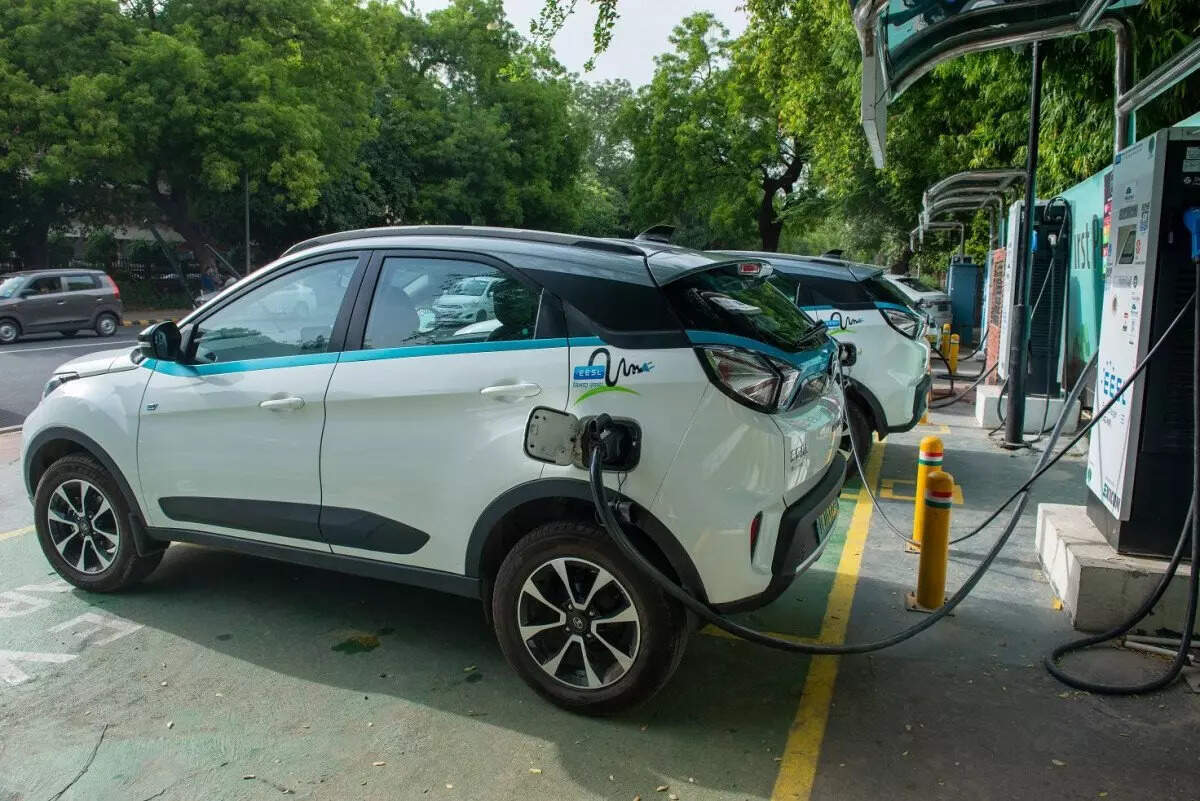
The government is looking at including electric vehicle (EV) infrastructure within the priority sector lending category, a senior official said Saturday, a move that would come as a boost for the sector.
“We have received a representation to include EV infra in the priority sector. We will look at reworking the priority sector lending (PSL) requirements for banks,” the official said, adding that the issue will be discussed with the Reserve Bank of India (RBI). The power ministry has also written a letter to the Department of Financial Services in this regard, the official said.
According to RBI guidelines, it is mandatory for banks to extend 40% of their adjusted net bank credit to the priority sector.
PSL currently includes seven sectors – agriculture, micro, small and medium enterprises, export credit, education, housing, social infrastructure and renewable energy.
The government wants to increase the proportion of EVs on Indian roads as part of efforts to meet its net zero target. It offers subsidies to manufacturers under the Faster Adoption and Manufacturing of Hybrid & Electric Vehicles (FAME) programme.
Inclusion of EV infrastructure under PSL is expected to boost credit flow to the sector by providing a mandate for financial institutions.
According to a January 2022 Niti Aayog report, electric two- and three-wheelers, as well as four-wheelers for commercial use, represent favourable segments for inclusion in priority sector lending.
EV sales crossed 700,000 in the first half of 2023.
An earlier ET report had indicated that banks were pitching to include loans for electric vehicle infra and green hydrogen as part of priority sector lending.
“Cumulative investment in India’s electric vehicle transition could be as large as INR 19.7 lakh crore (USD 266 billion) between 2020 and 2030, highlighting the need for higher liquidity and lower cost of capital for EV assets and infrastructure,” the report had noted.
People in the know informed ET that non-life insurance companies were unlikely to see any capital infusion this year. “Their situation is not so bad that they cannot self-sustain,” one of the persons cited said.
The government had not budgeted any provision for capital infusion for this year, but ET earlier reported it was considering an infusion of INR 3,000 crore.
Micro-insurance
The government is also looking to expand the coverage of micro-insurance products. It has asked banks to extend coverage of accident and life insurance schemes to Pradhan Mantri Jan Dhan Yojana (PMJDY) bank account holders.
“We aim to cover most of the people with our micro-insurance scheme and are coordinating with other ministries to increase coverage,” financial services secretary Vivek Joshi said on Saturday, pointing out that anganwadi workers could be deployed to promote such programmes.
The ministry also indicated that the E-Shram portal could be tapped in coordination with the labour ministry to increase the coverage of schemes such as the Pradhan Mantri Jeevan Jyoti Bima Yojana and the Pradhan Mantri Suraksha Bima Yojana.
The government announced earlier this month that the number of PMJDY accounts had touched 500 million. Over the last nine years, the average balance in these accounts has increased 3.8 times – from just over INR 1,000 to nearly INR 4,000.

